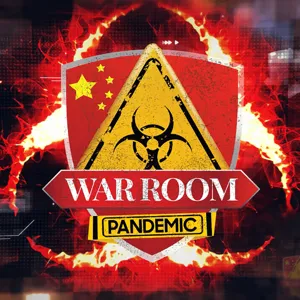By Russ Gonnering at Brownstone dot org.
There was a boy named Joey…
In the late 1970's we were living in a wonderful lower duplex in a suburb of Milwaukee. We had become acquainted with a couple of about the same age, also with two children, also the same age as our two. The children got along fine, and we shared many great times together.
A few years later, as our family grew, we moved a few miles away but kept up contact. Their older son, Joey, was extremely bright and was accepted to Harvard College on an academic scholarship. We found out he was majoring in STORYTELLING!!
What? What sort of a major is that? Something like basketweaving? What a waste, I thought. He could have studied Physics and been another Richard Feynman! He certainly was smart enough. Or what about History to prepare him for Law School? Or Economics or Political Science? Storytelling…REALLY???
Little did I realize at the time that Joey was WAY ahead of the curve. The simple truth is that whatever you do, if it involves interaction with people, you will be better at it if you understand the power of storytelling.
That is certainly true if you are a teacher (in the broadest sense of that word). Personal connection is critical to impart information…any information. That includes the impartation of data. While the data may be necessary, using skills of storytelling makes it much more likely that the audience will listen to it.
Using a story produces measurable neurophysiologic changes in the listener and allows the higher decision-making areas of the brain the chance to evaluate the data. It "opens" the door!
A good storyteller makes 3 connections to the data: the Context, the Conflict, and the Outcome. Stuart Briscoe, a world-renowned pastor, would characterize the connections as: What? So What? and Now What? I was fortunate enough to have attended the church he pastored for many years, and I still remember those sermons. No sleeping through those, for sure!
Think back to courses you may have taken, lectures you may have heard, or even movies or plays you may have viewed. Do you remember some of them more clearly than others? Does something like the speech at Stirling by William Wallace in Braveheart still stick in your memory?
You have come to fight as free men and free men you are! What will you do with that freedom? Fight and you may die. Run and you may live…at least awhile. And dying in your beds, many years from now, would you be willing to trade all the days from this day to that, for one chance…just one chance to come back here and tell our enemies that they may take our lives, but they will never take OUR FREEDOM!
If so, then you have experienced the neurophysiologic effect of neural coupling. The listener's (or viewer's) brain activity spatially and temporally matches that of the speaker. Read that sentence again…The brain activity is the same! In some instances, the activity of the listener slightly precedes that of that of the speaker! There is anticipation when there is a connection.
Storytelling is ancient. It goes back to prehistory and is much more developed in the spoken word. Written stories only became widespread with the use of movable type. Some of the most important works we consider as "literature" are older than books. Consider the Odyssey of Homer, dealing with the breakup of the ancient Mycenaean world of the Bronze Age.
The story of the Trojan War is one such element of that breakup and gives more than just the facts of a war that may or may not be completely factual. The true importance of that work is not necessarily the facts of the war, but the insight into human character.
The beginning line, Tell me O Muse of a man who suffered much after sacking the holy city of Troy, states it clearly. This is the story of a man and by extension, mankind, at that time. And the importance of suffering is critical, and that suffering may have been precipitated by an action.
While the story is impactful in translation, it is even more so...





 View all episodes
View all episodes


 By Brownstone Institute
By Brownstone Institute



















